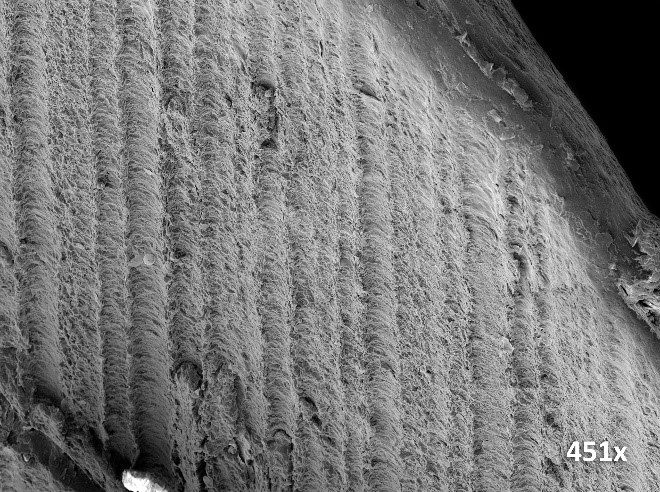We are frequently asked about the various protective functions of the nail bed, particularly the role of the hyponychium and onychomycosis. Many also wonder why there are two types of seals and how they are different from nail palms.
This confusion often stems from unclear illustrations and explanations.
This article aims to clarify these concepts by exploring the complex structure and function of these protective layers. Understanding the hyponychium, onychoderma, and the often misunderstood onychophora will provide a clearer understanding of how they contribute to the overall health and protection of the nail bed.
Elucidation of the role of nail bed epithelium
I know this is confusing because many of the current diagrams are unclear and need clarity. Sandwiched between the nail plate and the nail bed is an important, but very thin layer of tissue called the nail bed epithelium.

What many people don’t realize is that this paper-thin layer of tissue helps guide the growth of the nail plate. Interestingly, the nail bed epithelium only attaches to the underside of the nail plate, not to the nail bed itself. This allows the nail plate to glide smoothly over the nail bed and eventually reach the free edge and beyond.
As the nail plate moves, the nail bed epithelium remains firmly attached to the underside of the nail plate, even as it passes past the finger and is visible on the underside of the nail. This tissue is usually removed when cleaning under the free edge with nail polish. The tissue that is firmly attached to the underside of the nail plate is still the “nail bed epithelium”, but some feel it should be given a new name, and have called it the “sole horn”.
Reassessing the term “sole horn”: Why proper naming is important
I don’t think we should use this archaic name. Why?
The term existed before the true origin of this tissue was properly understood. The sole horn does not suddenly appear out of nowhere, nor does it come from the hyponychium, so why has it been given a different name? It is still floor epithelium and should be called by its correct name.

Understanding the nail plate dermal zone: Visual effect of the nail bed epithelium
The nail plate epithelial zone forms a distinct area, but is not a separate type of tissue. The nail plate epithelial zone is also formed by the nail bed epithelium. How? As the nail bed epithelium moves with the nail plate, it must somehow make its way through the hyponychium, a seal under the free edge. The hyponychium serves to prevent pathogens from infecting the nail bed. It is tough to get through this seal, but the nail bed epithelium manages to get through. In doing so, the nail bed epithelium bunches up and cannot move smoothly through the hyponychium. This “bundle” creates a ripple effect, forming a barrier that prevents materials from passing through the hyponychium, helping to protect the nail bed.
In the area in front of the lower nail bed, this bundle of bed epithelium occurs. This bundled, wavy tissue creates a grayish area called the onychomycosis band. So this is just a visual effect caused by the bundles of bed epithelium as it grows over the lower nail bed. You don’t see the onychomycosis band when you look under the free edge. It’s not there. It’s in the nail bed below the nail plate, and you can only see it by looking through the nail plate at the grayish band that occurs just before the lower nail bed.


